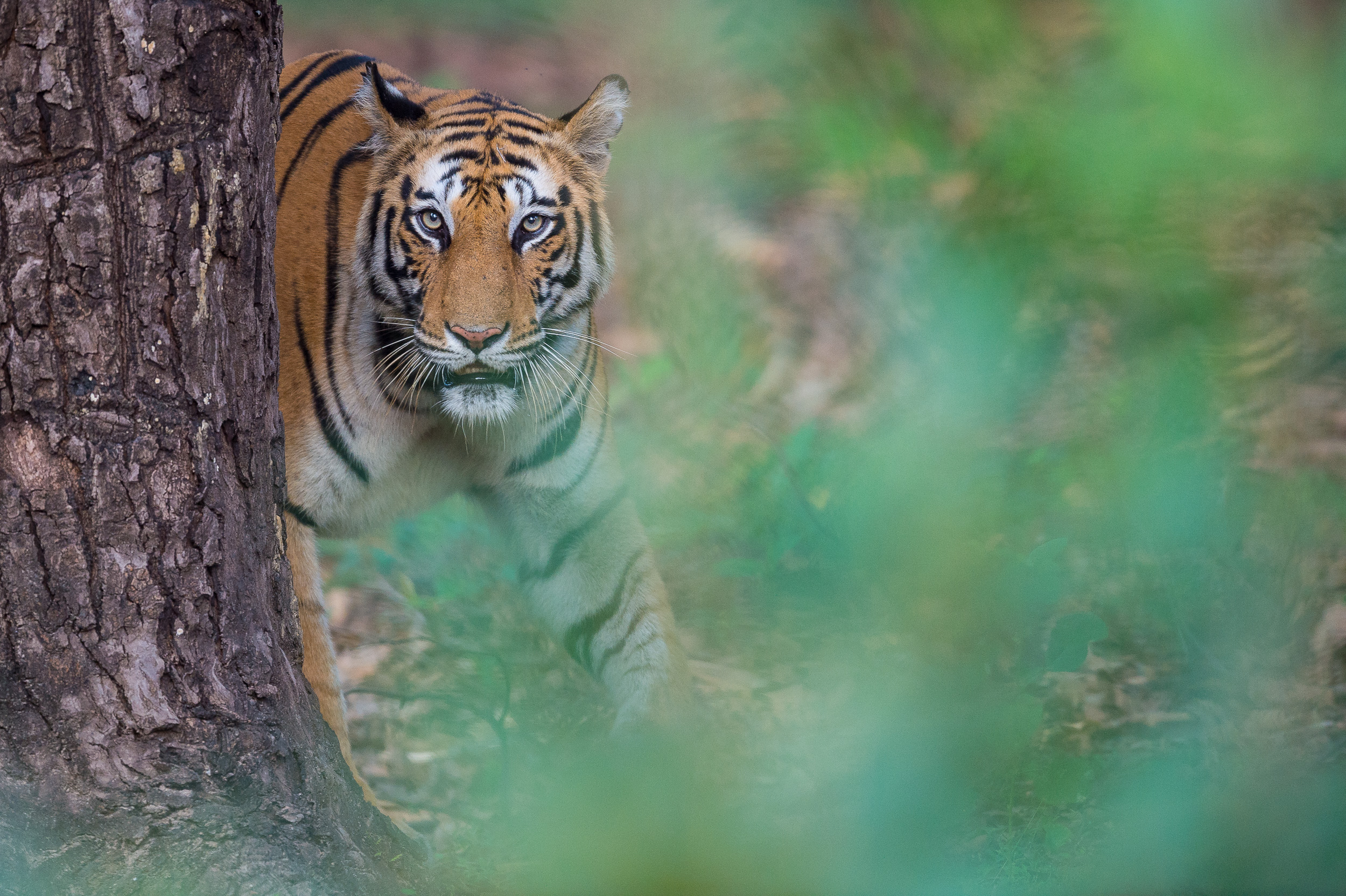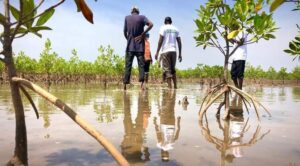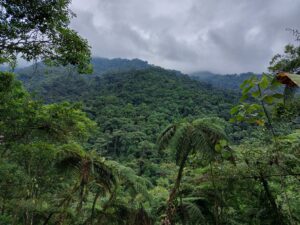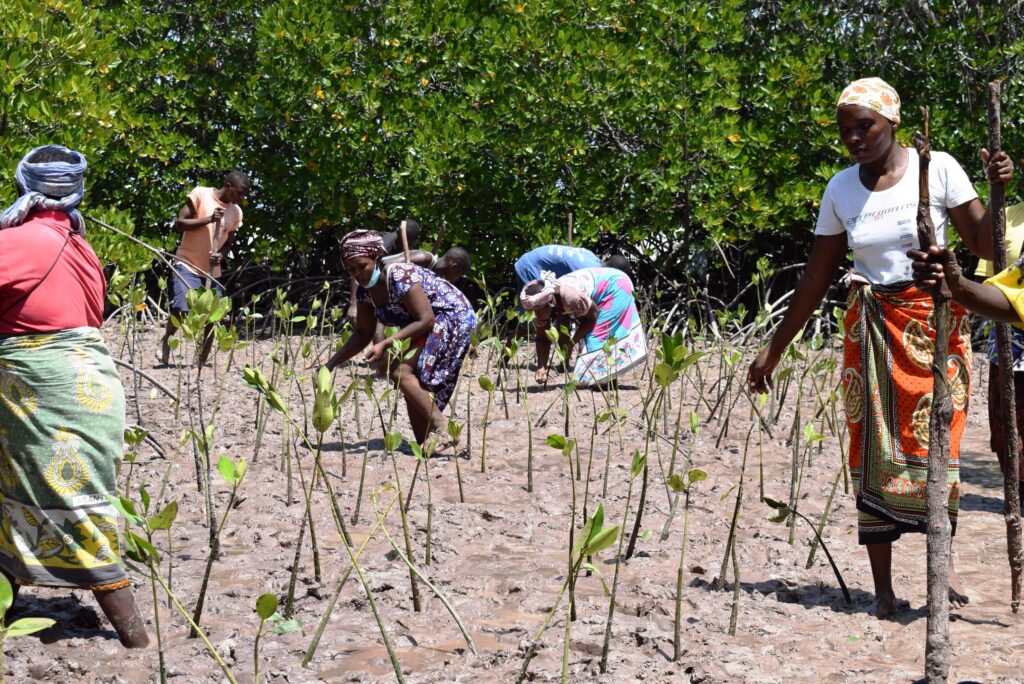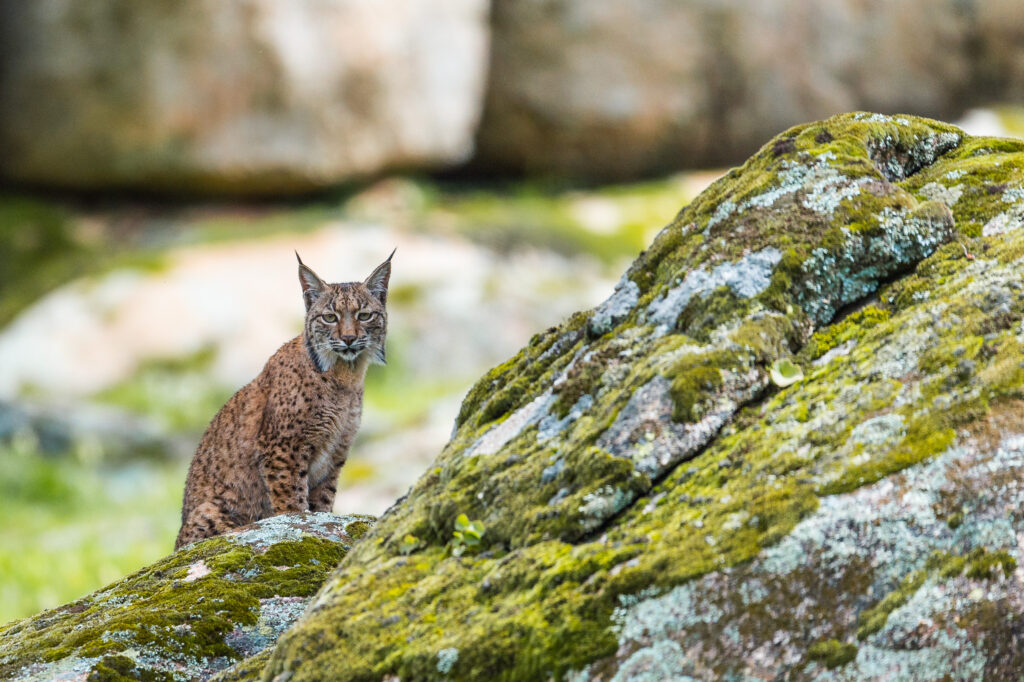Biodiversity restoration
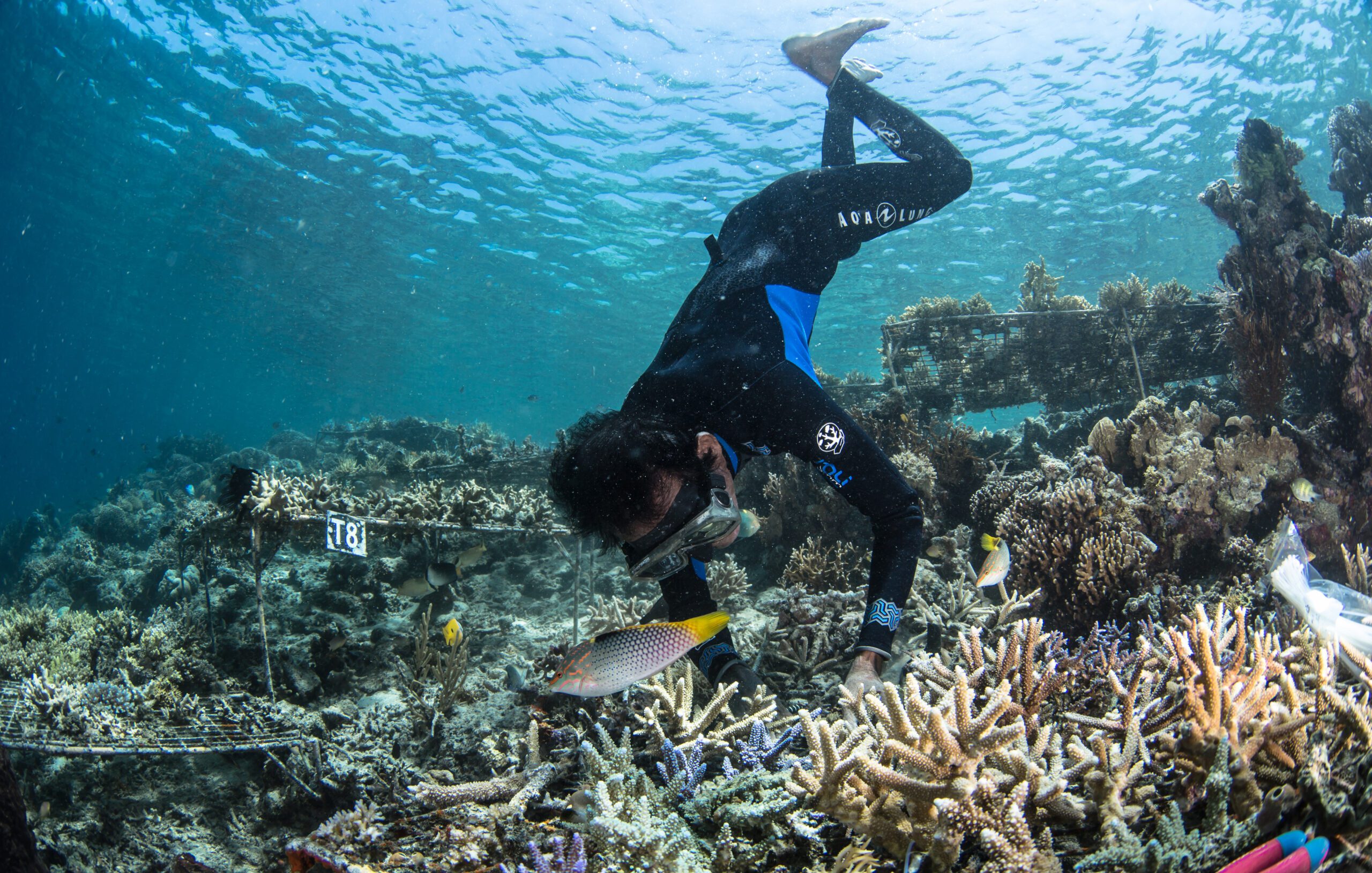
Why biodiversity restoration?
We are facing a biodiversity crisis. Human activities are driving our planet’s natural habitats to the brink of extinction. Biodiversity restoration offers a way to repair the damage we have done and protect the natural world for future generations. But biodiversity restoration is also crucial for our own survival as mankind’s well-being is intimately tied to the health of the natural world. By protecting biodiversity, we are ensuring a sustainable future for all. So let’s act now to restore the ecosystems that we have damaged, and ensure that the natural world thrives for generations to come.
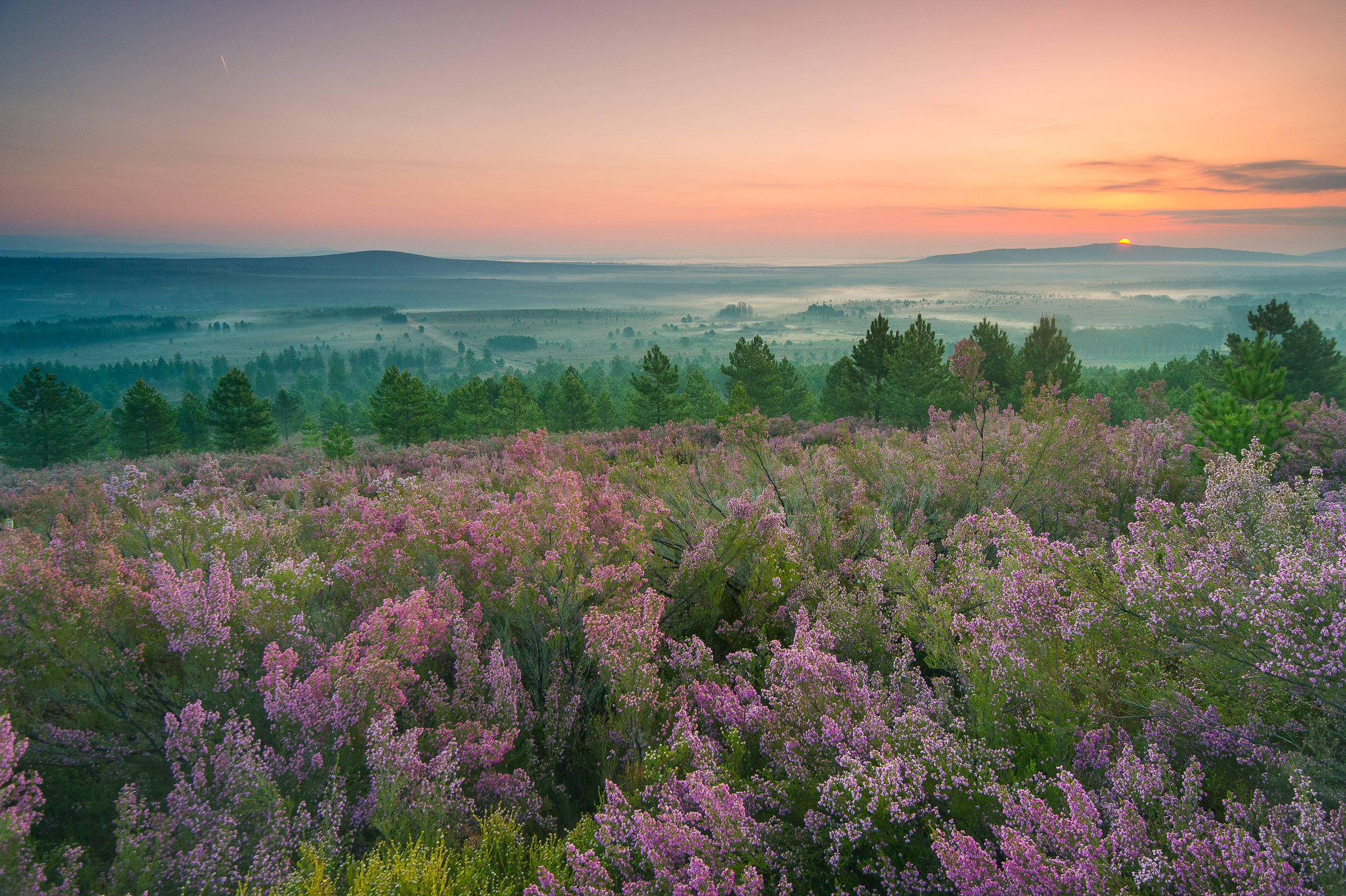
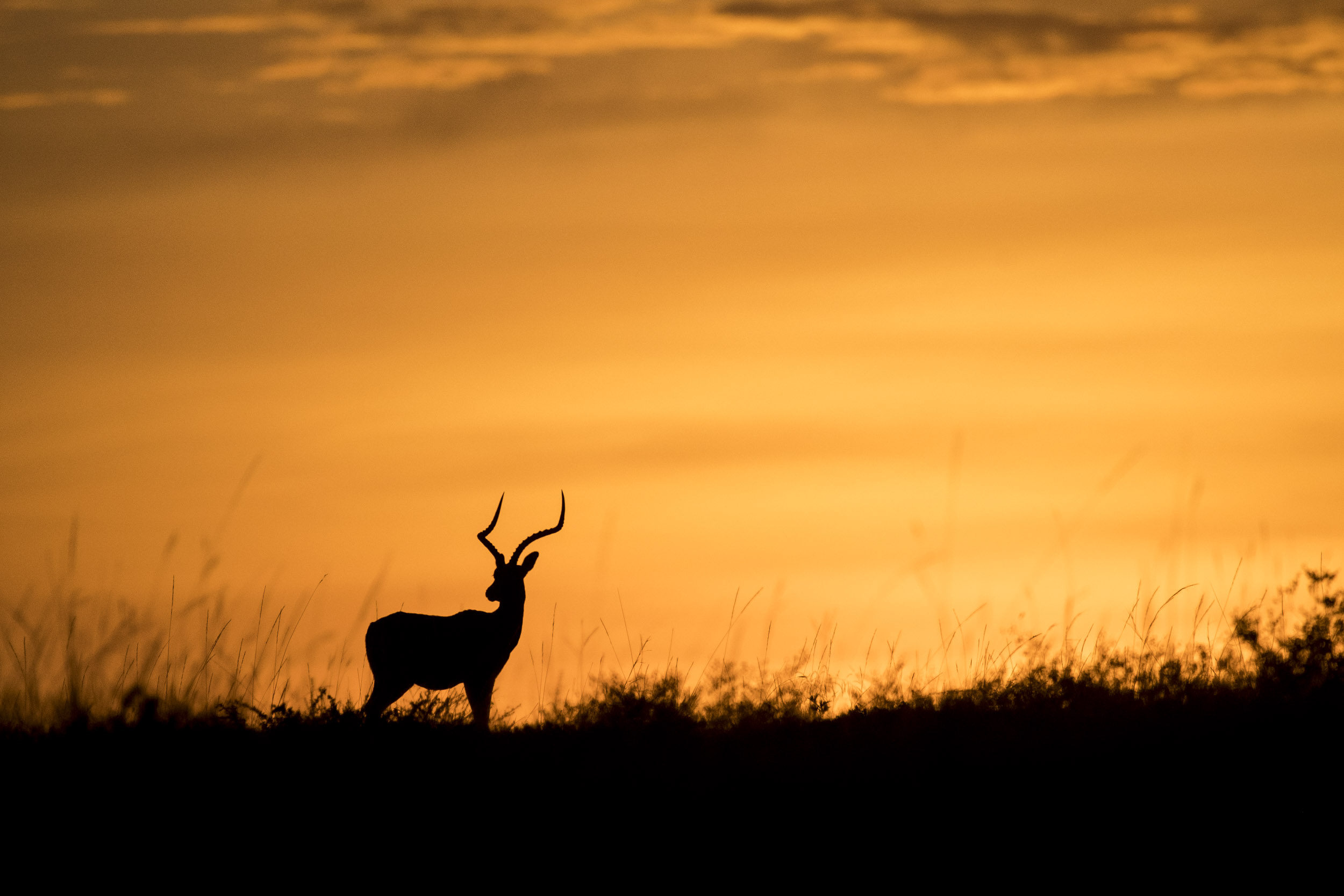
Types of projects
Here’s an overview of the different types of projects we initiate to restore our biodiversity.
Planting trees, mangroves, kelp or coral
Planting coral, trees, mangroves, kelp forests to restore habitats and the lungs of our planet.
Restoring corridors
By restoring degraded land between multiple nature reserves, we connect fragmented habitats and allow for organisms to freely move between these habitats in a safe way, strongly reinforcing the entire natural ecosystem.
Reintroducing keystone species
Keystone species have a key role in the functioning of a habitat, as they have a cascading effect on other species in an ecosystem. By reintroducing them in a habitat, we can accelerate the restoration of its entire ecosystem in a natural way.
Our biodiversity restoration projects
Want to support biodiversity restoration? Here’s an overview of our current biodiversity restoration projects you can support
We plant mangroves in Malindi Ungwana Bay
- Kenya
- COASTAL , WETLAND
How conservation and restoration are linked
Our aim is to boost global biodiversity, making recovering what is lost and preserving what remains equally important. Restoration without the application of conservation measures is like keeping a bucket under a dripping tap to conserve water but not bother repairing the tap.

